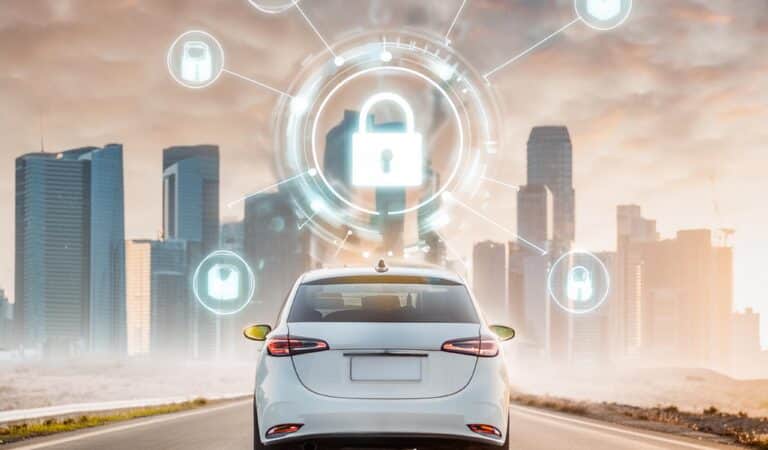Are We Prepared for Cyberthreats in The New Era of Transportation?

The automotive user experience has evolved dramatically, and the trend is accelerating, driven by advances in vehicle connectivity and autonomy. Connectivity makes it possible for the car to be safer and more aware, thanks to vehicle-to-everything technologies. Autonomy enables the car to behave more intelligently, thanks to advanced driver-assistance systems (ADAS).
“Ensuring vehicle cybersecurity is a multifaceted challenge that encompasses aspects of software development, cryptography, operating systems and life-cyle management.”
One significant hurdle lies in implementing safe and secure coding practices tailored for automotive environments. Adherence to stringent standards helps to ensure that the software running in connected vehicles is robust and resilient against potential attacks and exploits. Integrating artificial intelligence into automotive systems complicates cybersecurity efforts. AI-driven functionalities, such as autonomous driving and ADAS capabilities, introduce new attack vectors and complexities in securing connected vehicles. Essential protections, including secure boot mechanisms, communication protocols, fault and intrusion-detection mechanisms and memory protection, are paramount to safeguarding AI-driven functions from exploitation by malicious actors.
Go to page 25!
